10 things to eat and drink in Portugal
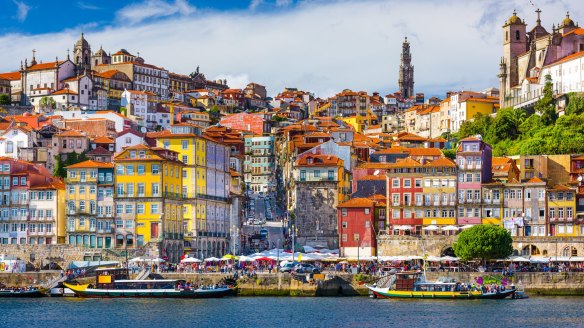
Despite being a small country, many of Portugal's most beautiful towns, cities and regions harbour their own gastronomic pride. What better way to soak this all in than to plan an itinerary based on its most famous dishes and world-renowned wine.
What: Francesinha
Where: Porto
How the Francesinha became Porto's signature sandwich is a little hazy, but in any case, the city firmly has its stamp on it. Around town, you'll see menus displaying rather plain-looking cheesy cubes, but what's inside is the kicker. A Francesinha typically includes sausage, chorizo, ham and steak layered between white bread before it's encased in cheese and doused in a tomato-based sauce. To the locals, a fried egg on top is optional, but a side of fries and local beer is not. Diets are for tomorrow.
What: Queijo Serra da Estrela
Where: Serra da Estrela Natural Park
Browse any cheese cabinet in Portugal and you'll likely spot rotund wheels of Queijo Serra da Estrela. This cheese is exclusively produced in the stunning (and sometimes snowy) mountain range of Serra da Estrela using milk from Bordaleira or Churra Mondegueira sheep. Visit the cheese factory at Quinta Madre de Água to learn about the production process and to taste the farm's handmade cheese.
What: Vinho do Porto (Port)
Where: Douro Valley
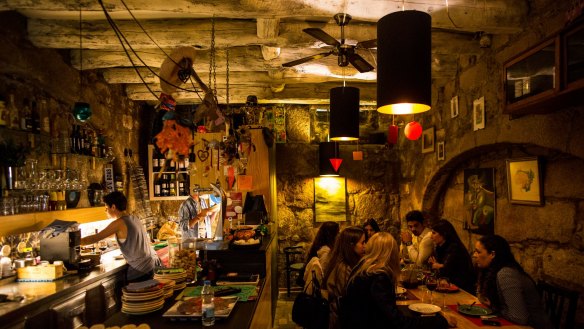
If there's one Portuguese product that has well and truly spread its love around the world, it's port. A dash of brandy spurred the creation of this delicately sweet wine, widely available in white, ruby and tawny varieties. True port appreciation comes from a visit to the spectacular Douro Valley where the grapes are handpicked from tiered vineyards along the Douro River.
What: Vinho Verde
Where: Vinho Verde Route
Another wine exclusive to Portugal is vinho verde or "green wine". This fresh, fruity wine hails from a demarcated region in northwest Portugal bordered by the Minho River. White vinho verde is most common, but despite the apparent oxymoron, it's also available as red and rosé.
What: Cozido das Furnas
Where: The Azores
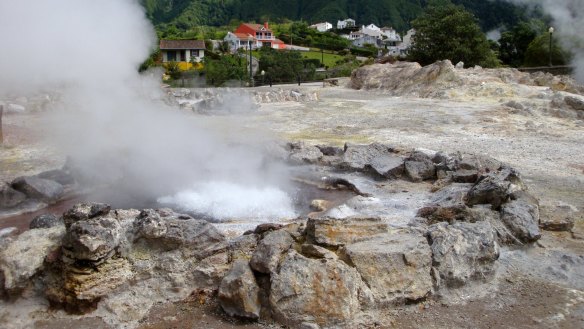
The town of Furnas in the Azores gets 10 points for originality when it comes to preparing its signature dish, Cozido das Furnas, given it is boiled in an active volcano. During the six to seven-hour cooking process, a hearty mix of meat and vegetables infuses with the rich flavours of Portuguese chorizo and blood sausage. The cozido is a labour of love for local restaurateurs, who lower their pots into volcanic soil around 4am every day to ensure the stew is ready for lunch.
What: Ovos Moles
Where: Aveiro
Ovos moles can be traced back to a convent in Aveiro, where the mixing of eggs and sugar led to the creation of what is now a protected yolk-centred sweet.Only certified pastelarias can create Ovos Moles de Aveiro, such as Maria da Apresentacao, where a traditional recipe has been honoured since 1882.
What: Pasteis de Nata
Where: Belem
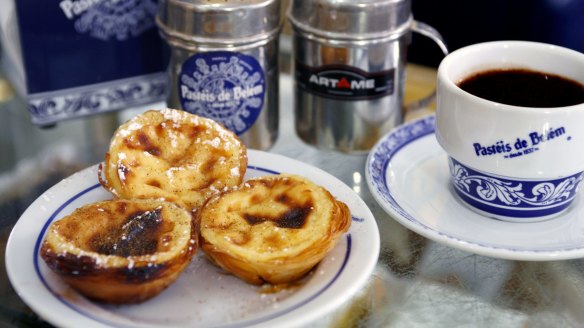
The pastel de nata is arguably Portugal's greatest stroke of culinary genius, with a crisp pastry shell and creamy filling that seems to have universal appeal. The first Portuguese custard tart was created in 1837 at Pasteis de Belem, 10 kilometres outside Lisbon, and to this day, long (but generally fast moving) queues bank up outside the flagship cafe.
What: Ginja
Where: Obidos
With colourful laneways and towering city walls, Obidos is one of Portugal's most charming medieval towns. It's also home of the sweet cherry liqueur ginja, which is sold in chocolate cups along the town's cobbled streets. At around €1 per shot, you can afford to experience the subtle flavour differences between producers before settling on a souvenir bottle.
What: Caldeirada do Peixe
Where: Coastal regions
Given its extensive coastline, it's no surprise Portugal is a seafood-loving nation. In seaside areas such as Peniche, Sesimbra and the Algarve, the catch of the day is cooked with potatoes, onions and capsicum to create caldeirada do peixe. These big pots of stew are best shared and pair nicely with a glass of local vinho.
What: Bacalhau
Where: Everywhere
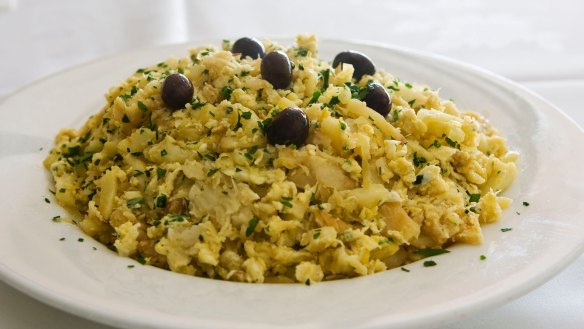
One particular fish that can't be escaped in Portugal is the codfish, known as bacalhau in its salted and dried form. Bacalhau dishes (of which there are hundreds in Portugal) are a staple on menus countrywide, and hot favourites include "a Bras", made with shredded codfish, potatoes and eggs; "com nata", mixed with cream; or "com broa", topped with crumbled Portuguese corn bread.
Restaurant reviews, news and the hottest openings served to your inbox.
Sign up